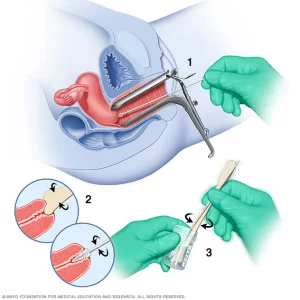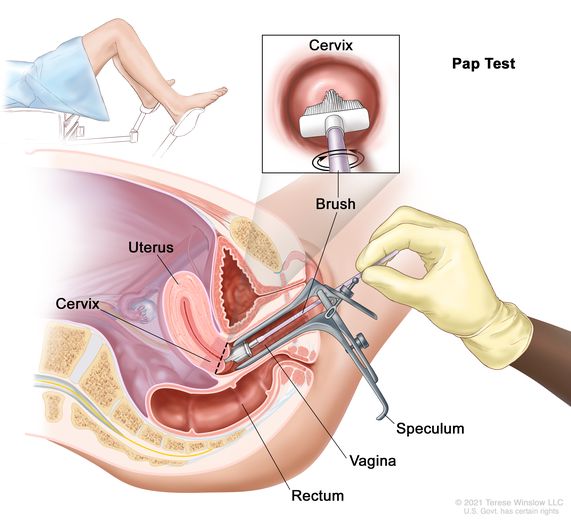Pap Smear
Pap smear is a screening test that is done for cervical cancer. It can detect not only cancer cells but also precancerous cells or any inflammation or infection that you might have. Cervix is placed between the vagina and uterus. Cervical cancer is the 4th most common cancer worldwide for women and 3rd most common cancer in Malaysia for women.

5 Reason Why You Should Do A Pap Smear
A pap smear can detects precancerous and cancerous cells in the cervix early. Early treatment can prevent the progression to invasive cervical cancer.
A pap smear sample can be sent for identification of HPV infections. HPV infection in the cervix are associated with higher risk of developing cervical cancer.
Performing a pap smear can help to provide reassurance about cervical health when results are normal. It can reduce anxiety by identifying and addressing potential issues early.
Regular testing will helps in monitoring changes in cervical cells over time. It can track the development or regression of abnormal cells.
One of the leading cause of cancer death in female is cervical cancer. A regular pap smear has shown to decrease mortality rate and improve success of treatment.
Who Should Do A Pap Smear
If you are in one of the category below, it is highly recommended to perform pap smear:
Sexually active women between 20 to 65 years old
Family History of Cervical Cancer
Pain or Bleeding after Sexual Intercourse
Bleeding in between menses or after menopause
How is Pap Smear Done

- The test is very quick and painless. Most patients tolerate well during the procedure.
- You will be asked to undress from waist down and you will be given a cover.
- You will then lie on the examination table with your feet in stirrups.
- Our doctor will slowly insert an instrument called the speculum into your vagina. This will keep your vaginal wall open and allow our doctor to view your cervix.
- Our doctor will introduce a small brush into your vagina and gently take sampe cells from your cervix.
- The cell sample obtained from your cervix will then be placed into a container and will be sent to the lab for testing.
